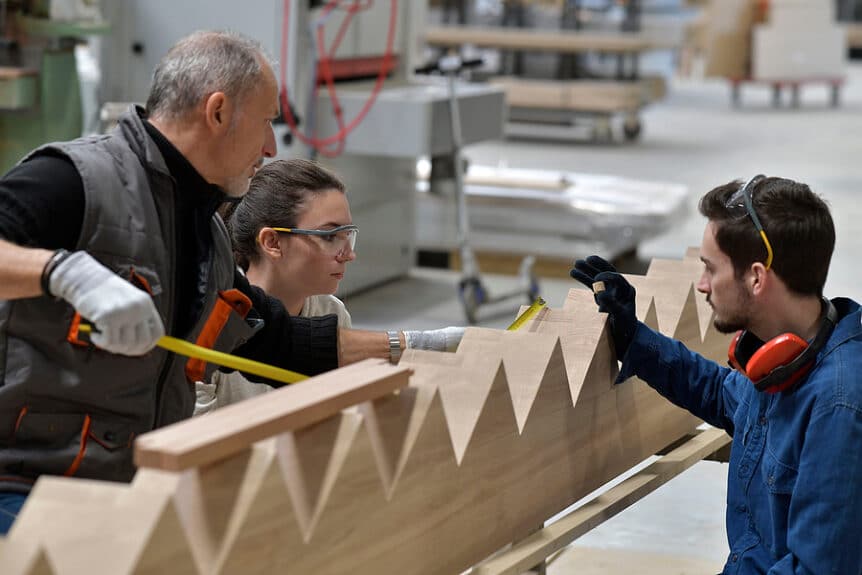The apprenticeship system, as well as the education and further education system at large, is often viewed with a somewhat narrow lens.
Whilst a large proportion of people trained by apprenticeship providers are young people entering the world of work, apprenticeships are used by workers and employers alike to upskill and reskill to face the evolving challenges of changing market sectors.
Sometimes, these reskilling, career change or upskilling apprenticeship courses are known as “adult apprenticeships” but in practice, this distinction is relatively arbitrary. The course structure for an apprenticeship does not change whether the student is 18 or 48, and this has made it appealing for reskilling.
An apprenticeship is a combination between in-class education and on-the-job training, and as a result, is perfectly suited to people reskilling and their current employers who want employees who in the long-term can help fill industry skill gaps.
Apprenticeships have multiple levels and can at their highest level be recognised as a degree-level qualification, all while people work, earn money and build up the soft skills and networking opportunities that help people succeed in their careers.
As well as this, people’s skills and interests change, which can lead to people joining a company with a certain role in mind but ultimately finding that they are better suited for another. Initially, this was a programme known as “Train To Gain” but has since been integrated into the overall apprenticeship structure.
Whilst some businesses have informal means of helping people alter their promotion pathway through the use of shadowing or internal mentoring programmes, apprenticeships can provide a structured, supported reskilling system with the potential to provide high-level transferable qualifications.
The concept of a working person deciding the primary course for the rest of their life at the age of 18 is increasingly incompatible with an employment world as fast-paced as the one we live in currently, and reskilling is an ideal way to bridge that gap.


